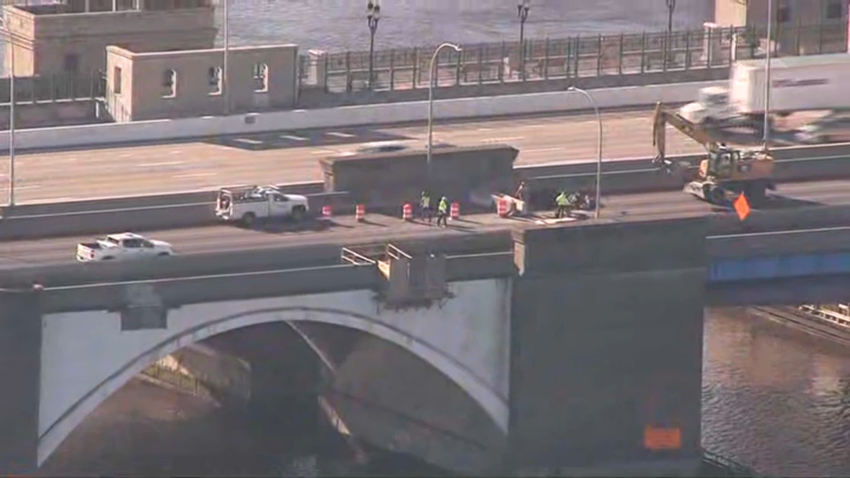

The Latest
-

The 30+ absolute best deals to shop
Promoted By NBC Select Deals -

Wintry weather continues Sunday, more rain on the way
Sunday starts off cloudy and damp across southern New England, with drizzle, fog, and even some freezing drizzle possible early in the higher elevations of western and northern Massachusetts. Most of the day will stay gray and chilly, with highs ranging from the 40s to near 50. A warm front lifting overnight into Monday will bring a round of modera... -

Red Sox prospect Kristian Campbell hits first career MLB home run
One of the MLB’s top prospects, Kristian Campbell, has hit his first ever home run for the Red Sox.
-

Barkov very much enjoyed Marchand's Panthers debut: ‘It was awesome'
Brad Marchand made a successful debut for the Florida Panthers on Friday — three weeks after the trade from the Boston Bruins.
-

Celtics-Spurs recap: Tatum scores 29, C's extend win streak to eight
The Celtics won their eighth straight game with a great performance vs. the Spurs. Check out our live blog for a full recap.
-

Teen killed, 2 others injured in Cape Cod crash
A teen was killed and two others were injured in a crash on Cape Cod on Friday afternoon. State police responded to the single-vehicle crash on Route 28 north in Falmouth around 4 p.m. They found a vehicle off the roadway, down an embankment, with “catastrophic” damage, according to the Cape & Islands District Attorney’s Offic... -

Federal judge blocks government from deporting Tufts student. Here's what's next
A federal judge in Massachusetts has blocked the government from deporting Rumeysa Ozturk, the Tufts University student from Turkey whose arrest by ICE earlier this week continues to draw pushback from a growing number of elected officials. The judge says the court needs to be able to consider a petition that has been filed by Ozturk, and the feder... -

Falling temps, ice accumulation possible in parts of Mass. through Sunday
While it’s not washed out every minute of the weekend, it’s certainly not a stellar forecast. Showers will pester us through mid-morning Saturday, with mist, fog, and drizzle taking up in the afternoon. There will be pauses in the rain from time to time, but the bigger story will the falling temperatures and the possibility of ice in Greater...... -

2 firefighters hurt battling blaze in Brookline
A fire on Craig Place in Brookline, Massachusetts, left two firefighters with non-life-threatening injuries, authorities said
-

Can Diggs help Drake Maye make the Josh Allen leap with Patriots?
Stefon Diggs’ comparison of Drake Maye to Josh Allen carries a bit more weight considering his impressive history with the Bills quarterback.
-

Set your alarm clocks for the partial solar eclipse Saturday morning!
Set your alarm clocks on Saturday morning! A few folks could get lucky enough to catch a glimpse of a partial solar eclipse, but Mother Nature might not cooperate. A solar eclipse occurs when the moon passes between Earth and the sun. Unlike some solar eclipses, where the moon blocks the entire disk of the sun, this go-round Saturday, the…... -

How Stefon Diggs plans to channel his competitive fire in New England
Stefon Diggs plays with an edge that has caused issues in the past. But the star wideout is taking a new approach to New England, writes Phil Perry.
-

Inside Pritchard's rise with Celtics and the trade that never happened
Payton Pritchard has come a long way from wanting out of Boston. Chris Forsberg details the Celtics guard’s fascinating journey from DNP to Sixth Man favorite.









